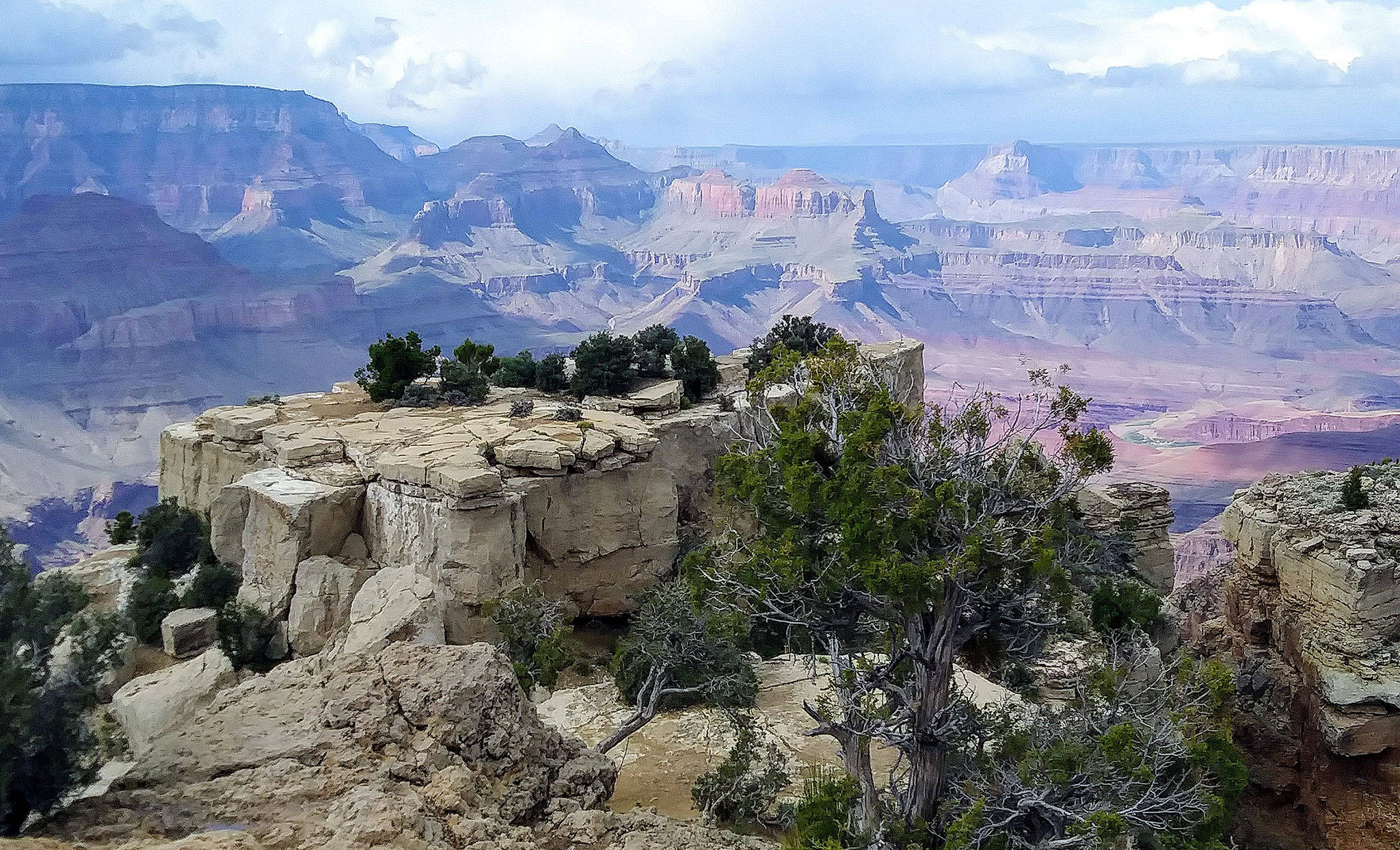By Toby Orton
Oyster.com
The Grand Canyon, one of the Seven Natural Wonders of the World, is a bucket-list destination for visitors from all over the world — and it’s not hard to see why. The Arizona national park, celbrating its centennial this year, provides stunning views, spectacular wildlife and breathtaking hikes. To help you plan your pilgrimage to the Grand Canyon, here are 13 important things every traveler should know, from when to go to what to do once you arrive.
1. You’ll enjoy the Grand Canyon more if you plan in advance
The logistics of a trip to the Grand Canyon are important. Otherwise, you might miss out. From advance camping permits and pre-booking activities to picking the right time of year to visit and making sure you know exactly how much time you’ll need to experience everything you want, make sure your plan is solid before setting out.
2. You can camp on the rim and in the canyon
If you want to explore as much of the Grand Canyon as possible, then you’d best plan on staying a while. The park has plenty of well-developed campgrounds above the rims, such as Mather Point and Desert View, which are easy to book. However, if you want to go off the beaten path and camp in open country within the park, you’ll need to book a backcountry permit well in advance.
3. Entrance isn’t free, but admission goes toward park upkeep
Don’t forget your wallet because entry to Grand Canyon National Park isn’t free. Entrance fees cost $35 per vehicle (including everyone inside it and good for a week) and $20 per person on foot, bicycle or part of a shuttle tour. Admission fees contribute to the cost of running the park.
4. The North Rim closes for the winter
South Rim or North Rim — how to choose? The Grand Canyon is huge, so it’s no surprise that the travel time between the South Rim and the North Rim is roughly five hours by car. While the South Rim is open year-round, the North Rim closes during the winter season from October to May. Keep this in mind if you plan on touring as much of the park as possible.
5. You can go whitewater rafting through the canyon
It’s worth getting down into the canyon to experience its enormous scale from different angles —and taking to the whitewater rapids of the Colorado River is one way to gain a new perspective. Rafting the Grand Canyon is a thrilling experience that also grants opportunities to admire the dramatic rock formations within the canyon. Rafting trips last anywhere from one to four days, depending on how much you want to explore from the river. And once again, book in advance.
6. It has some amazing hikes, so pack appropriate gear
The other way to explore the canyon’s interior is to hike one or more of the many trails that lead down to the floor. There are plenty of hikes that span various degrees of difficulty and length, from the weeklong trek that sets off from the North Kaibab Trail on the South Rim and covers 44 miles round-trip, to the Bright Angel Trail that offers a relatively gentle descent to the canyon floor (perfect for intermediate hikers).
7. Grand Canyon National Park has its own microclimates
When hiking, rafting or even just languidly strolling around the top of the South Rim, visitors should be prepared for quickly changing weather. Between unpredictable storms and the scorching sun, the Grand Canyon sees some pretty extreme weather at times, thanks to its dramatically differing altitudes. Plenty of trails leave hikers exposed to the elements with little shade, so pack proper footwear, a sunhat and plenty of water, even if you’re not venturing far.
8. Stay out of the caves in the Grand Canyon
While there are around 1,000 caves spread throughout the Grand Canyon, visitors are only permitted to enter one of them —the Cave of the Domes. The caves of the Grand Canyon provide a habitat for the park’s wildlife and hold important geological artifacts. Many have never been explored, so keeping tourists out of them is park policy. The Cave of the Domes is located on the west side of the Horseshoe Mesa and can be reached by hiking the Grandview Trail.
9. Avoid visiting the Grand Canyon in the summer months
The best time to visit the Grand Canyon is outside of the school holidays, so aim for spring and autumn. March through May and September through October are ideal because both rims are open and temperatures are more bearable. While the crowds are thinner during these times, the popular lookout points will still be filled with tourists. However, taking a short detour from the classic spots will allow you to find some alone time to admire the scenery.
10. You should stay for sunset
The sight of the sun rising and setting across the Grand Canyon is guaranteed to elevate the experience, so stay late or arrive early to reap the rewards.


